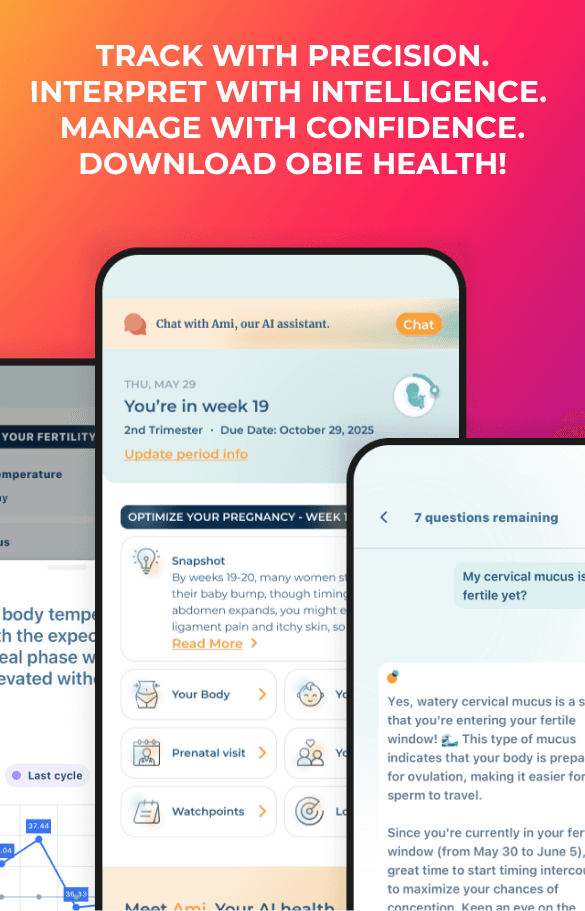What to Listen for on that Baby Monitor
Obie Editorial Team
In high school, a close friend of mine had reconstructive surgery on her nose. The surgery was done because since birth, she had a crooked nasal passage that made breathing more difficult. Though she barely struggled with it in waking life, her parents had been tormented since her birth with her unusual and inconsistent breathing patterns during sleep. The surgery was obviously not for vanity, but you can imagine the rumors that flew through the halls of my high school about her nose job and plastic surgery. Luckily, she came back looking exactly the same and was feeling much better because of the procedure, so rumors quickly stopped.
You might be wondering what my friend’s high school rhinoplasty story has to do with your baby, but breathing patterns during sleep are something you should be very aware of from the get go. As I mentioned with my friend, her parents were concerned about her breathing since she was only a baby because she would often snort and snore during her sleep. It was a form of sleep apnea, and if your baby has it you should make sure his or her pediatrician knows about it. While you’re (obsessively) listening in on the baby monitor in those first few weeks, make note of any pauses in your child’s breathing. Also, listen for snorting, snoring or gasping for breath. These are all signs of sleep apnea. Though they don’t necessarily pose an immediate threat to your baby, they will interfere with his or her ability to get rest, which could in turn interfere with his or her development.
If you mention these breathing problems to your child’s doctor, he or she might ask you to bring an audio recording. That way, you’ll be able to avoid the hassle of a sleep study in the event that nothing is wrong. If your doctor does think your baby has sleep apnea, you’ll need to have a sleep study done in a lab, and your baby’s doctor might eventually recommend surgery. In the case of my friend in high school, surgery was too risky until her face was more fully developed, since it would have grown back crooked in childhood. For babies, enlarged tonsils and adenoids are usually the problem, and these won’t come back once removed. Of course, if your baby stops breathing in the night, always check in to make sure breathing resumes.
Source: Brian Berg: Detection of Breathing and Infant Sleep Apnea. California Polytechnic State University Computer Engineering Volume 33 2011
You might be wondering what my friend’s high school rhinoplasty story has to do with your baby, but breathing patterns during sleep are something you should be very aware of from the get go. As I mentioned with my friend, her parents were concerned about her breathing since she was only a baby because she would often snort and snore during her sleep. It was a form of sleep apnea, and if your baby has it you should make sure his or her pediatrician knows about it. While you’re (obsessively) listening in on the baby monitor in those first few weeks, make note of any pauses in your child’s breathing. Also, listen for snorting, snoring or gasping for breath. These are all signs of sleep apnea. Though they don’t necessarily pose an immediate threat to your baby, they will interfere with his or her ability to get rest, which could in turn interfere with his or her development.
If you mention these breathing problems to your child’s doctor, he or she might ask you to bring an audio recording. That way, you’ll be able to avoid the hassle of a sleep study in the event that nothing is wrong. If your doctor does think your baby has sleep apnea, you’ll need to have a sleep study done in a lab, and your baby’s doctor might eventually recommend surgery. In the case of my friend in high school, surgery was too risky until her face was more fully developed, since it would have grown back crooked in childhood. For babies, enlarged tonsils and adenoids are usually the problem, and these won’t come back once removed. Of course, if your baby stops breathing in the night, always check in to make sure breathing resumes.
Source: Brian Berg: Detection of Breathing and Infant Sleep Apnea. California Polytechnic State University Computer Engineering Volume 33 2011







